

杨季涓
Yang Chi-Chuan
1985年生于中国台湾台北,现居住工作于台北。
Born 1985 in Taipei, Taiwan, China. Lives and works in Taipei.
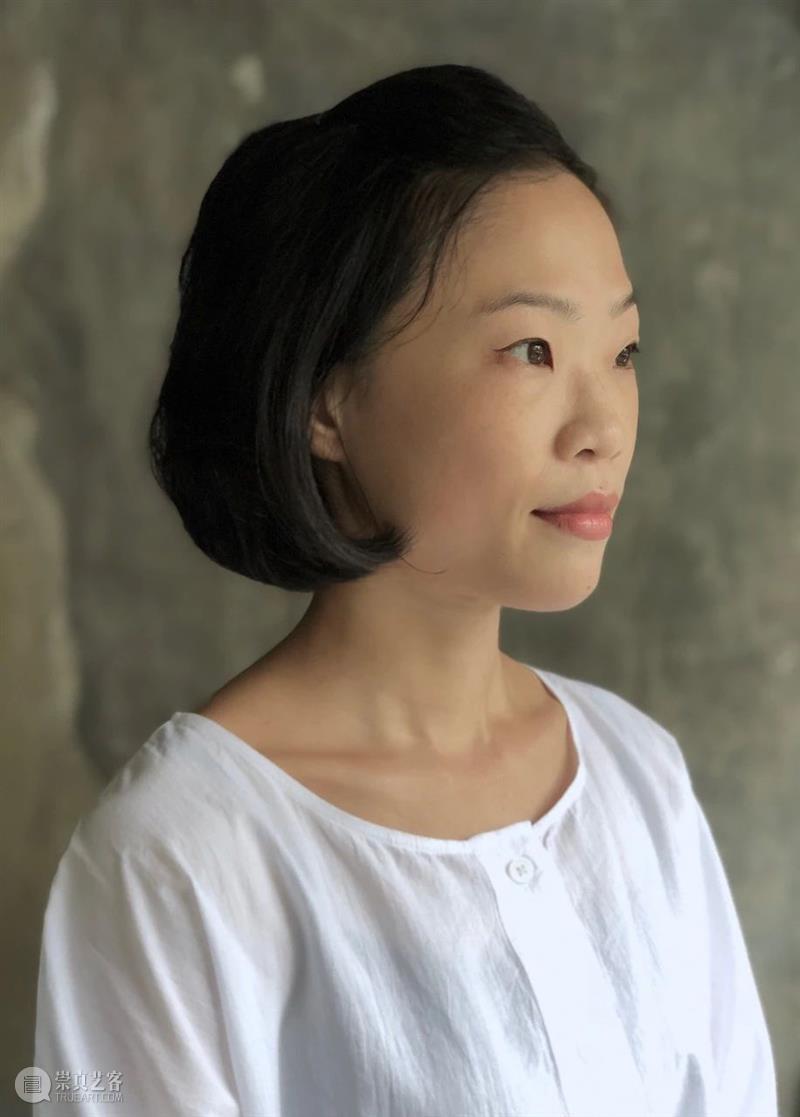
图片由艺术家和马凌画廊提供
Image courtesy of the artist and Edouard Malingue Gallery
(Scroll down for English)
杨季涓作品中充斥一种与记忆相关的细腻特质,探索了我们与人、地点、物件及事件的诸多关系。从素描到装置等不同媒介的作品,可被视作是一系列与事物联系有关的叙事。杨季涓艺术实践的叙事既温暖、亲密又与切身体验息息相关,鼓励观众投入至不同的情境之中,以深邃的方式介入至有关生命、家庭、政治、都市环境及诸多文化纤维的问题之中去。
贯穿杨季涓创作的是私人经验这一主题。此独特主题对每个人来说都是重要的,也是我们人生早期发展的核心基础。以《那些你曾经说过的事》(2018)为例:此作品是一系列配有叙事音频的蜡笔画。使用儿童教室常见材料创作的画面让人想起童年或是过往的时光。精细的小尺幅画作也像是碎片、以深邃方式捕捉的记忆,或是故事的断裂章节等。音频叙事元素为此作品带来一种沉浸感:观众就像是能够走进私密记忆世界一般——记忆的主人邀请并信任每一位观众。作品的多个角度既支撑了作品主题,又为作品平添了一层神秘感:标题中的“你”或“我”都在促使观众设身处地去质询叙事的时空语境。
(左右滑动查阅更多 Slide for more)
≡ 杨季涓 Yang Chi-Chuan
那些你曾经说过的事
Picturing the stories you have told me
2018
双声道说故事(30分钟),色铅笔绘于纸张
Stereo, story telling (30 mins), crayon and sharpie on the paper
尺寸依空间调整 Various dimensions
“前提”展览现场 Installation view at "Condition"
三亚华宇青年艺术奖,海南岛,中国,2018
Art Sanya Huayu Youth Award, Hainan Island, China, 2018
图片由艺术家提供
Image courtesy of the artist
《九条线》(2018)也以同样的方式展示了日常生活经验。这是一件大型装置作品,错综复杂的电线在其中交插、相依。像是从街道中拉出的电线杆或倾倒而立,或配有话筒,以线路与彼此相连接。观众以此开始考虑每日途经却常忽视的街道环境,也以此开始考虑变迁、老年头的景象,考虑被高效、更富组织性的能源传输方式替代的小街道。杨季涓以这样的作品创造了思考都市结构变迁或社会性变迁的媒介。除此之外,《九条线》中的电线杆貌似带有一种身体性存在状态,像是人一样站立、倾倚、手牵手。
(左右滑动查阅更多 Slide for more)
≡ 杨季涓 Yang Chi-Chuan
九条线 Nine Lines, 2018
福山椼木,橡胶,金属,现成物
Wood, rubber, metal, ready made
尺寸依空间调整 Various dimensions
“现实伏流”展览现场 Installation view at "Reality | Undercurrent"
TKG+ Projects,台北,台湾,中国,2018
TKG+ Projects, Taipei, Taiwan, China, 2018
图片由艺术家提供
Image courtesy of the artist
杨季涓以沉浸性概念为基础发展的多样装置作品也带有强烈的舞台布景感。观众就像是走进了精致的舞台环境,其中充斥着悠长叙事的不同情节。《短篇集:石子台》(2017)就是如此:这作品在划分为多个层级的昏暗空间内呈现了长达数个小时的叙事。此作品是氛围式的,几乎带有一种魂灵气氛,观众似乎可以在这里与过往的人和事展开沟通。《短篇集:石子台》的建筑性元素——抿石子——一般出现于室外环境中;其中下水道的元素也强调了装置的室外环境属性。
(左右滑动查阅更多 Slide for more)
≡ 杨季涓 Yang Chi-Chuan
短篇集:石子台 Essays: a Platfrom, 2017
5.1声道说故事(3小时30分钟),抿石子
Surround Sound, story telling (3 hours 30 mins), pebble dash
尺寸依空间调整 Various dimensions
“2017台北美术奖”展览现场 Installation view at "2017 Taipei Art Award"
当代美术馆,台北,台湾,中国,2017
Taipei, Taiwan, China, 2017
图片由艺术家提供
Image courtesy of the artist
作为诠释性视觉记录者或秘密守护者,杨季涓创作的细腻跨媒介艺术实践与回溯、保存、过去、思想、人物有关。她在纷乱的世界中创造静止,邀请你进入并以自己的步调发掘事实的真相。通过捕捉、分享其观察,杨季涓创造了一种富有人性光辉的洞察性价值,以及一种异常温暖的共情发现。
杨季涓近期个展包括:“Plastonki”, Künstlerhaus Bethanien, 柏林,德国 (2020);“短篇集:风和日丽”,台北国际艺术村(2017), 台湾,中国;“Tick-Tock”,咩事艺术空间,香港,中国(2017);“短篇集:从夜晚10点到清晨5点”,朱铭美术馆,台北,台湾,中国(2017)等。她曾入围2018年华宇青年奖,2017年台北美术奖。
(左右滑动查阅更多 Slide for more)
≡ 杨季涓 Yang Chi-Chuan
短篇集:风和日丽 Have a Good Day, 2017
无线耳机,说故事(5小时),磨石子
Sound Installation, story telling (5 hours), pebble dash
尺寸依空间调整 Various dimensions
“短篇集:风和日丽”展览现场 Installation view at "Have a Good Day"
台北国际艺术村,台北,台湾,中国,2017
Taipei Artist Village, Taipei, Taiwan, China, 2017
图片由艺术家提供
Image courtesy of the artist
Pervading Yang Chi-Chuan’s work is a delicate, mnemonic quality engaging with our relations between people, places, objects and events. One may think of her works, that span drawings to installations, as a series of narratives about the relationships between things. Permeating her practice is a story-telling quality - warm, endearing, engaging - prompting the viewer to be transported into scenarios and be subtly privy to a wide range of questions regarding life, from family to politics, urban environments and various cultural fabrics.
Running throughout her work is the subject of domesticity, one that is close to individuals hearts, the foundational core of our early years. ‘Picturing the stories you have told me’ (2018), for example, is a series of crayon drawings accompanied by a story-telling audio. The delineations, made of a prime medium used in classrooms as a child, evoke youth, a time of the past. The drawing’s delicacy and size suggests fragments, subtle captures of memories, snippets of stories, here and there. Complemented by a vocal narration, there is a sense of immersion, as if the viewer is stepping into the intimacy of this world and welcomed, trusted. These various angles support the title while equally adding a layer of mystery, the ‘you’, the ‘me’, begging the questions of when, where - leaving these as ones for us to lean in and find out.
(左右滑动查阅更多 Slide for more)
≡ 杨季涓 Yang Chi-Chuan
Tick-Tock, 2017
声音装置,影像,线,纸张,现成物
Sound Installation, line, sofa, wall paper, ready made
尺寸依空间调整 Various dimensions
“Tick-Tock”展览现场 Installation view at "Tick-Tock"
Things That Can Happen,香港,中国,2017
Things That Can Happen, Hong Kong, China, 2017
图片由艺术家提供
Image courtesy of the artist
The everyday is equally manifested in ‘Nine Lines’ (2018), a large-scale installation that portrays a jumble of electricity lines, entangled, leaning in on eachother. As if uprooted from the streets, one bends, the other still carries a microphone, each linked the one to the other. On the one hand one thinks of our surroundings on the streets, that one passes everyday and takes for granted, but one also thinks of change, of departing eras, each street replaced by taller, more efficient, more organised modes of energy transport. Yang thus creates a vehicle for contemplating the shifts in our society, whether urban or societal. One could also say that each pole in ‘Nine Lines’ has a bodily presence, anthropomorphic - standing, leaning, arms intertwined.
Developing from this notion of immersion, Yang has also created various installation works that involve a setting, as if entering a delicate theatrical environment, a backdrop for a lengthier story. ‘Essays: A Platform’ (2017), for example, presents multiple hours of narration in the context of a multi-storey raised floor, the entirety dimly lit by a delicate drop light. It is atmospheric, nearly spectral, as if engaging with beings and bygones from the past. There is an architectural element, the use of pebble dash, that one finds typically in the outside of buildings. A drain is even incorporated, heightening the sense of having stepped into an exterior environment despite being indoors.
(左右滑动查阅更多 Slide for more)
≡ 杨季涓 Yang Chi-Chuan
短篇集:从夜晚10点到清晨5点
Essays During the Night
2017
双声道说故事(7小时),麦克笔绘画于地毯与窗帘
Sound Installation, story telling (5 hours), pebble Dash
Stereo, story telling (7 hours), painting on the carpet and curtain
尺寸依空间调整 Various dimensions
“短篇集:从夜晚10点到清晨5点”展览现场 Installation view at "Essays During the Night"
朱铭美术馆,台北,台湾,中国,2017
Juming Museum, Taipei, Taiwan, China, 2017
图片由艺术家提供
Image courtesy of the artist
Ultimately, Yang creates a delicate practice across mediums that is about recounting, preserving, pasts, thoughts, persons, acting as an interpretative visual cataloguer or keeper of secrets. In a world of flux there is a stillness to her practice, one that invites you to step in and discover at your own pace what is or indeed was. Through capturing yet sharing these insights, Yang leaves a human legacy of insight, and empathetic discovery filled with warmth.
Yang’s recent solo exhibitions include: Plastonki, Künstlerhaus Bethanien, Berlin, Germany (2020); Have a Good Day, Taipei Artist Village, Taiepei, Taiwan, China (2017); Tick-Tock, Things That Can Happen , Hong Kong, China (2017); Essays During the Night, Juming Museum, Taipei, Taiwan, China (2017). She is the Finalist in 2018 Art Sanya Huayu Youth Award, China and 2017 Taipei Arts Award.
点击文末阅读原文
访问马凌画廊官网 查阅艺术家CV和电子画册
Click Read More
for artist's CV and E-catalogue on EMG's website
最新作品
Recent Works
杨季涓的两件新作将于2020伦敦弗里兹艺博会线上展厅中展出。
Yang Chi-Chuan's recent works will be on show at Frieze Viewing Room 2020.
(左右滑动查阅更多 Slide for more)
≡ 杨季涓 Yang Chi-Chuan
Plastonki, 2020
声音(20min),陶瓷,沙,树干
Audio recording (20 min), ceramic, sand, trunks
尺寸可变 Dimensions variable
Künstlerhaus Bethanien展览现场,2020
Installation view at Künstlerhaus Bethanien, 2020
图片由艺术家提供
Image courtesy of the artist
在生态与生命的演化过程中,地景、气候与生物样貌三者之间相互钳制、影响彼此的状态与生存方式,发展至近代工业由开采、提炼到化合,人造材质的时代大幅度地扰动了地景、气候与生物。杨季涓的新项目《Plastonki》由口述声响与手作陶土构成。口述声响以科学论述做为引言,结合拟人化的寓言故事,围绕于知识与反讽之间,并借此故事描绘出各式生物:鱼、海藻、珊瑚,直至沙滩、石头....等等在生态循环下的变异样貌与自然地景的成因;而文本中,现代化产物的替身Plastonki,它突兀又离奇的生世,暧昧游走于自然、神话与信仰之间。
陶土的造型叠合了海岸边自然与人为痕迹,一些经由海岸冲刷后形变的器具、塑料、石块、贝壳、珊瑚、树枝、骨骸、或是其结合物,这些色彩斑斓的物件散落于海砂中,如同孩童游戏沙坑里未收拾即离去的一地玩具。攀附在墙面的作品,概念则是来自于攀岩场的塑料造型石头,这些石块即是在这样自然与非自然的概念下,生产、造景而成,与“Plastonki”故事中对石头生成的疑惑有着不谋而合的相似概念。
正如艺术家所说:“Plastonki代表了新的知识和可能性,同时也代表了某种邪恶力量。”
In the evolutionary process of ecology and life, landscape, climate, and biological outlook mutually restrain and affect each other’s state and mode of existence. The development of modern industry from mining, refining to compounding, ushers in the age of artificial materials and has greatly caused disruption. The project “Plastonki” consists of a recorded narration and handcrafted clay. The recorded narration begins with a scientific introduction, combined with anthropomorphic fables, alternating between knowledge and satire, illustrating various living organisms: fishes, seaweeds, corals, beaches, stones etc., their transformations in the ecological cycle and the causes of natural landscapes. In the story, Plastonki, synonym of the product of modernisation, its sudden and mysterious existence manoeuvers ambiguously between Nature, myth and belief.
The form of the handcrafted clay is a combination of the natural and artificial remains on seashores, such as tools, plastics, stones, shells, corals, branches, bones deformed by coastal erosion, or their mixtures. These colourful objects are scattered on the sand, like toys forgotten in sand dunes made by children. The artwork, placed on the wall, originates from the plastic rocks in a rock climbing gym. These rocks are, under the concept of natural/unnatural, produced and landscaped, mirroring the “Plastonki” story where there is a doubt regarding the formation of the stone.
As the artist says, “Plastonki represents new knowledge and possibility but also an evil force.”
音频由艺术家提供
Audio courtesy of the artist
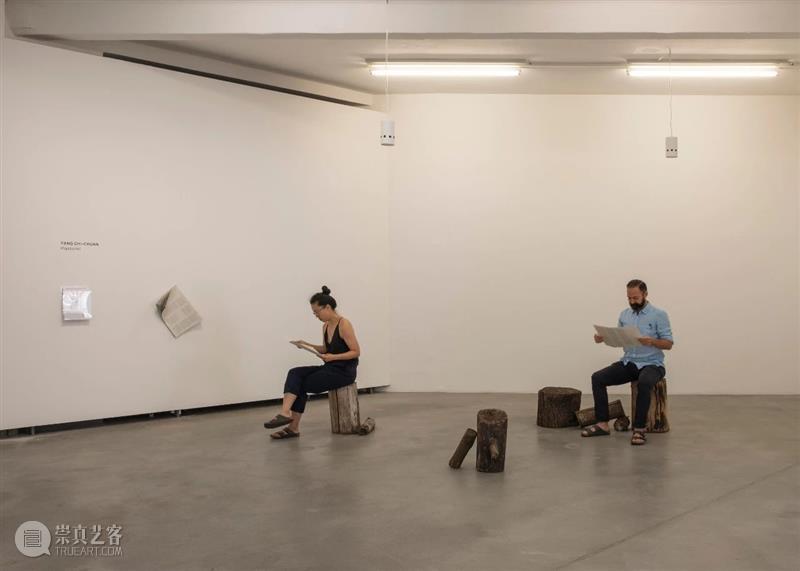
≡ 杨季涓 Yang Chi-Chuan
Plastonki, 2020
Künstlerhaus Bethanien展览现场,2020
Installation view at Künstlerhaus Bethanien, 2020
图片由艺术家提供
Image courtesy of the artist
(左右滑动查阅更多 Slide for more)
≡ 杨季涓 Yang Chi-Chuan
东西变石头,石头变成沙
Things turn into stones, stones turn into sand
2019
人造石、沙子、陶 Artificial Stone, Sand, Pottery
大型 Large: 160 x 100 x 65 cm
中型 Middle: 90 x 70 x 50 cm
小型 Small : 85 x 70 x 25 cm
图片由艺术家和马凌画廊提供
Image courtesy of the Artist and Edouard Malingue Gallery
《东西变石头,石头变成沙》叠合了海岸边的自然与人为痕迹,透过手捏陶,制作出一些经由海岸冲刷后形变的器具、塑料、砖瓦、贝壳、珊瑚、树枝、或是其结合物...等等,这些色彩斑斓的物件散落于海砂中,也看似如同孩童游戏沙坑里未收拾即离去的一地玩具。其命名亦隐含着两个指向:东西变石头意即非理所当然的变化,指向人类生产的物质影响原生地质的样貌,产生了不同以往的地质型态或结合物;石头变成沙则是时间与物质理所当然的变化,逐渐消长而成的地貌景观。《东西变石头,石头变成沙》即交织于这两种合理与不合理的系统之间,结合而成的一个新自然系统。
"Things turn into stones, stones turn into sand" merges both the natural and artificial traces along the coast. Through pinching pottery by hand, some appliances, plastics, bricks, shells, corals, branches, or combinations, which are deformed after being washed along the coast, are produced. These colorful objects are scattered in the sea sand, which look like toys that are left unpacked in a children playground bunker. The title of the artwork suggests two implications: "things turn into stones" meaning the unnatural changes, referring to the artificial materials affecting the primary geological appearance, therefore producing new geology types or combinations that differ from the past; meanwhile "stones turn into sand" meaning the natural changes as results of time and matter, referring to the gradually formed geomorphic landscape. "Things turn into stones, stones turn into sand" is a new natural system, that merged by interweaving between such reasonable and irrational systems.
正在展出 CURRENT EXHIBITION:
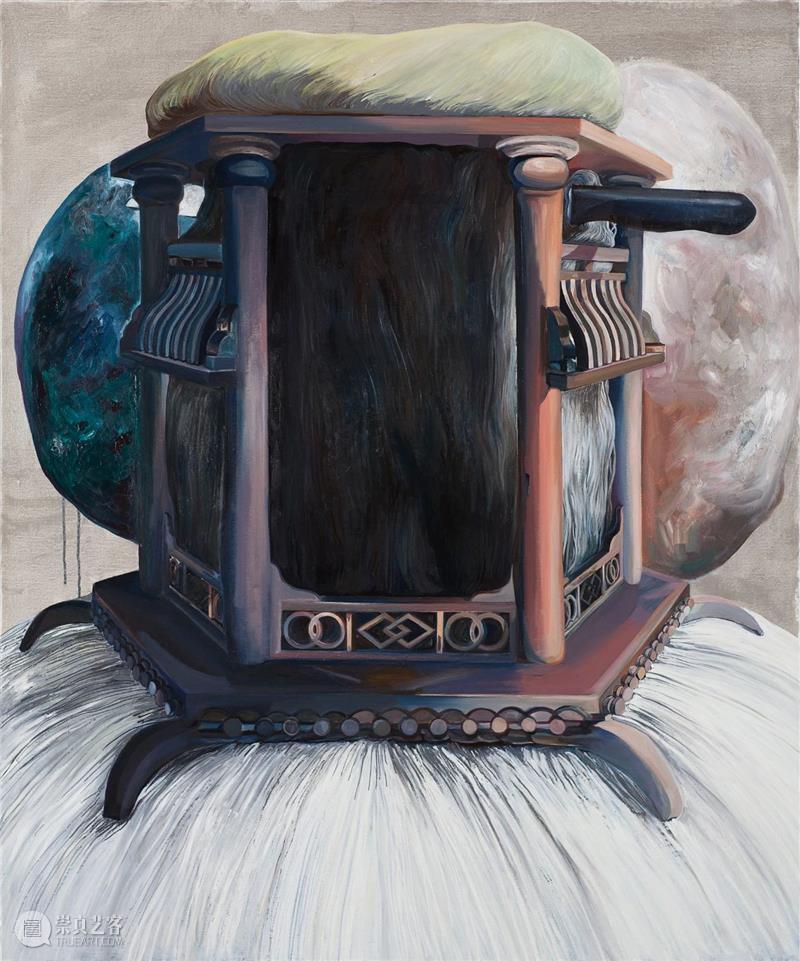 | 线上展厅 Online Viewing Room 北京当代艺术展 Beijing Contemporary Art Expo 2020 周育正 Chou Yu-Cheng 陶辉 Tao Hui 王之博 Wang Zhibo 郑洲 Zheng Zhou 20.9.25-10.24 |
即将展出 UPCOMING EXHIBITION:
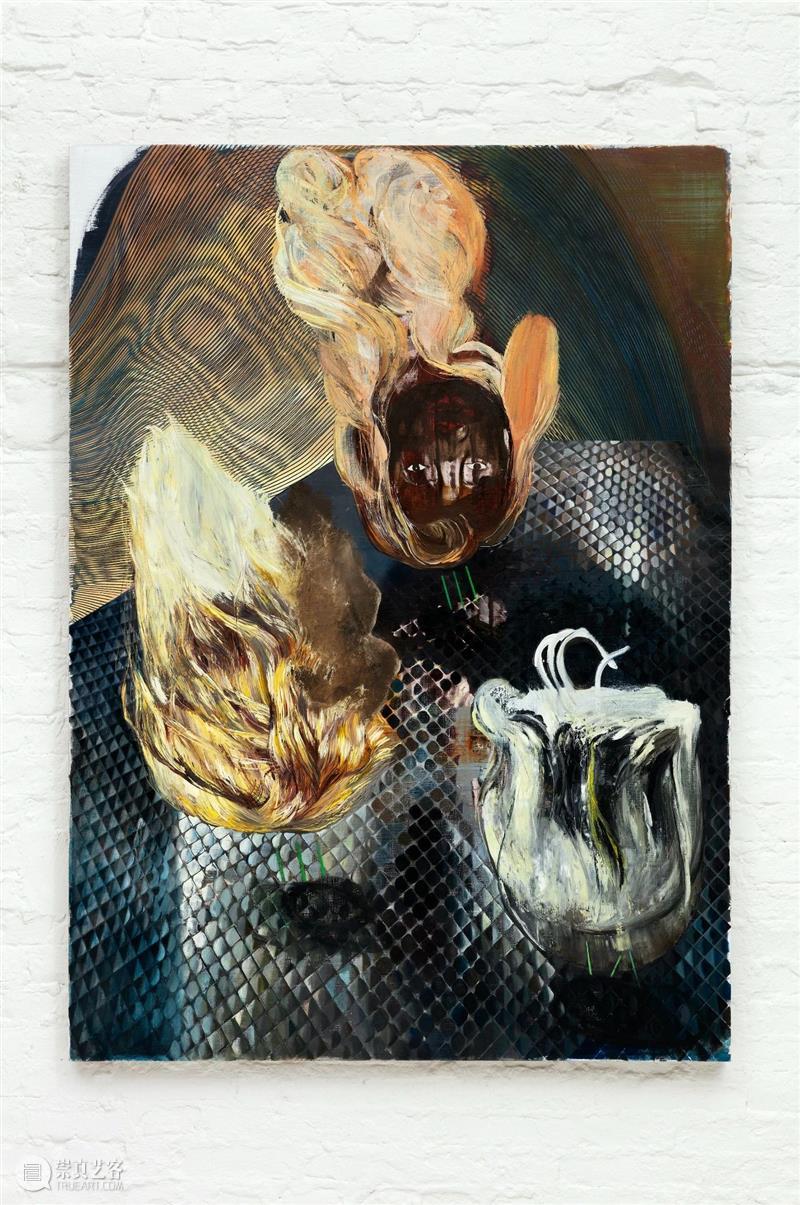 | 线上展厅 Frieze Viewing Room 2020伦敦弗里兹艺博会 Frieze London 2020 周育正 Chou Yu-Cheng 王之博 Wang Zhibo 杨季涓 Yang Chi-Chuan 20.10.7-10.16 |




已展示全部
更多功能等你开启...
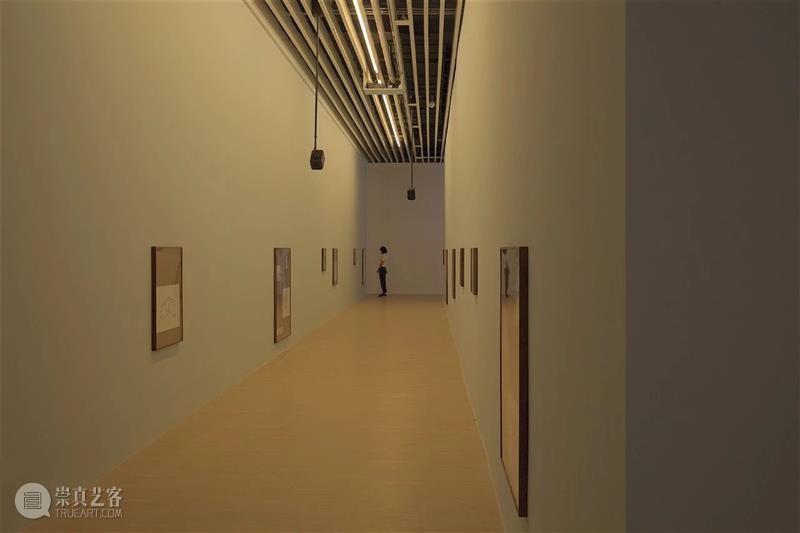
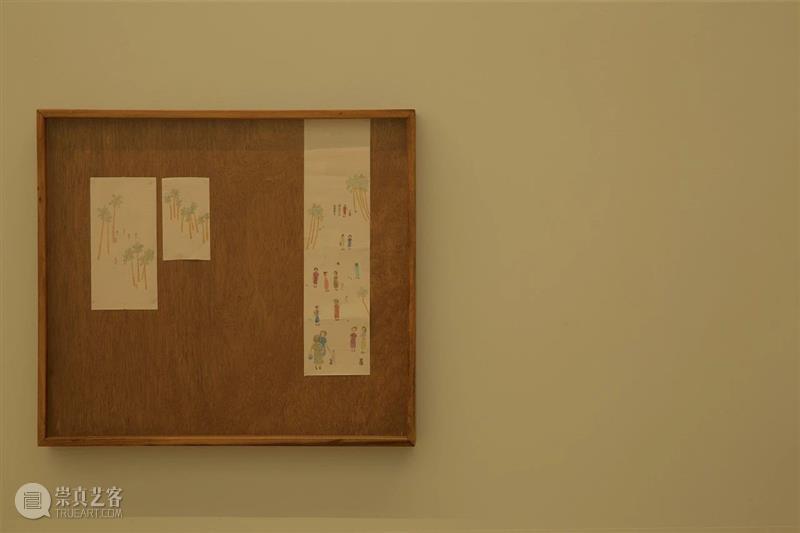
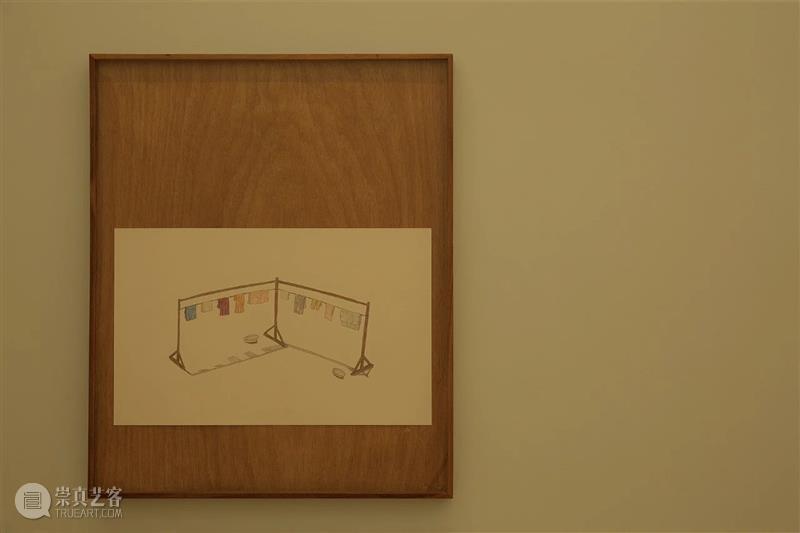
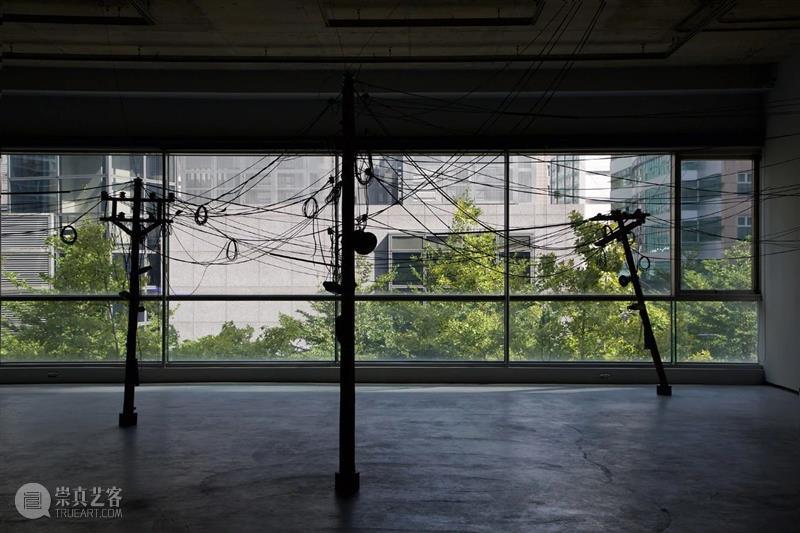
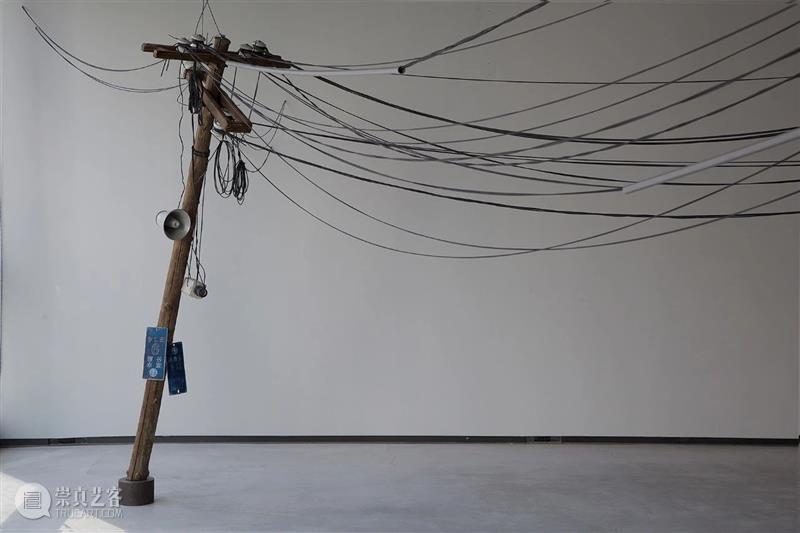

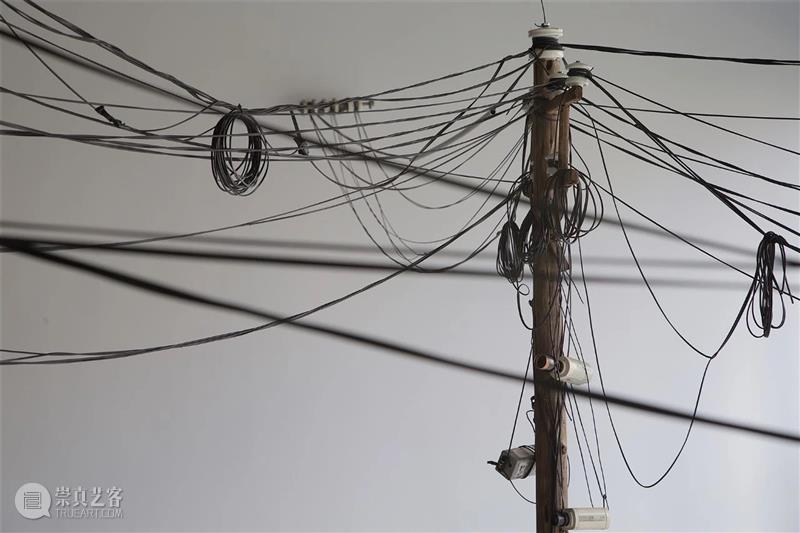
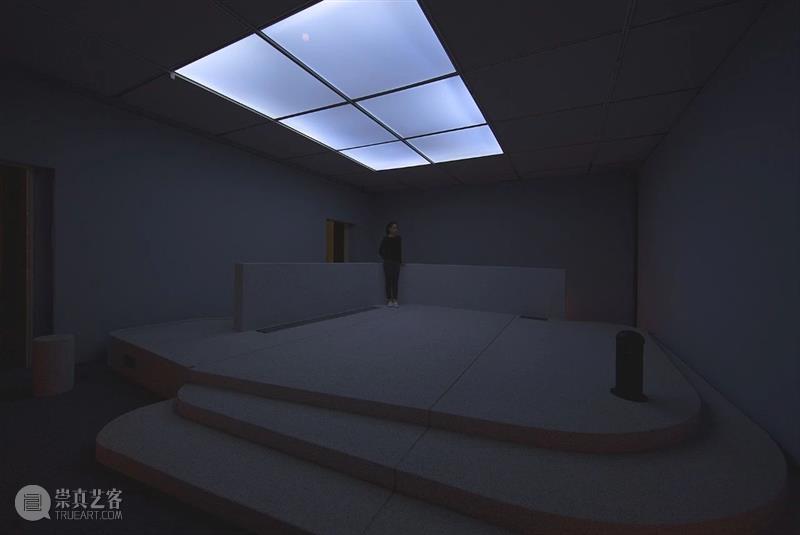
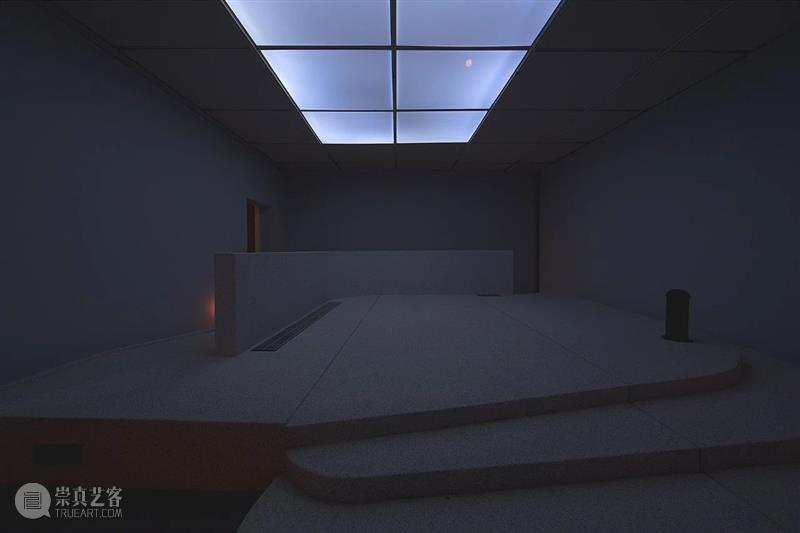
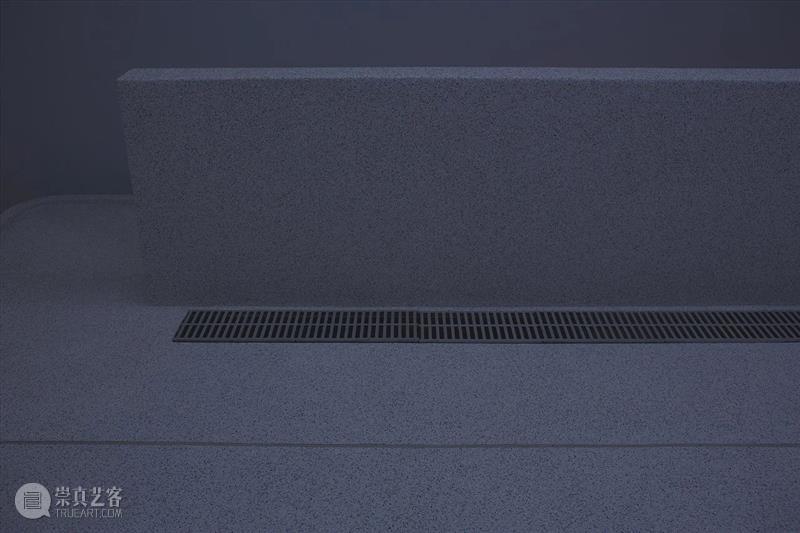
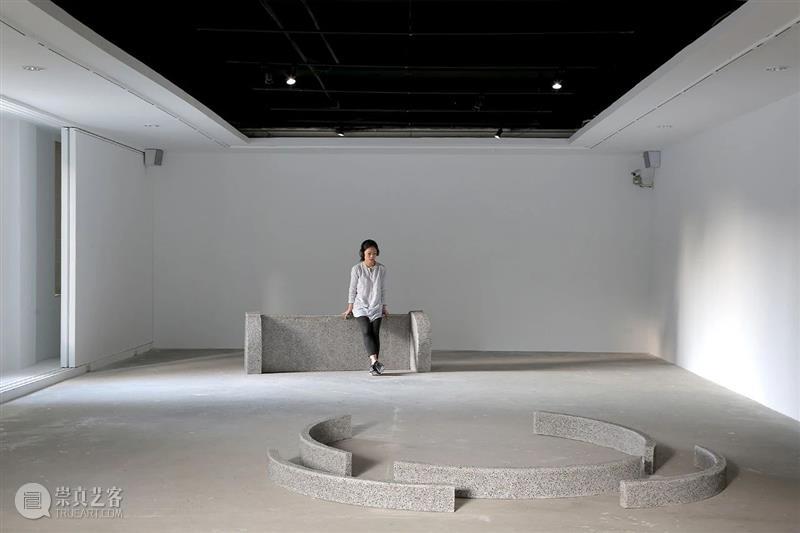
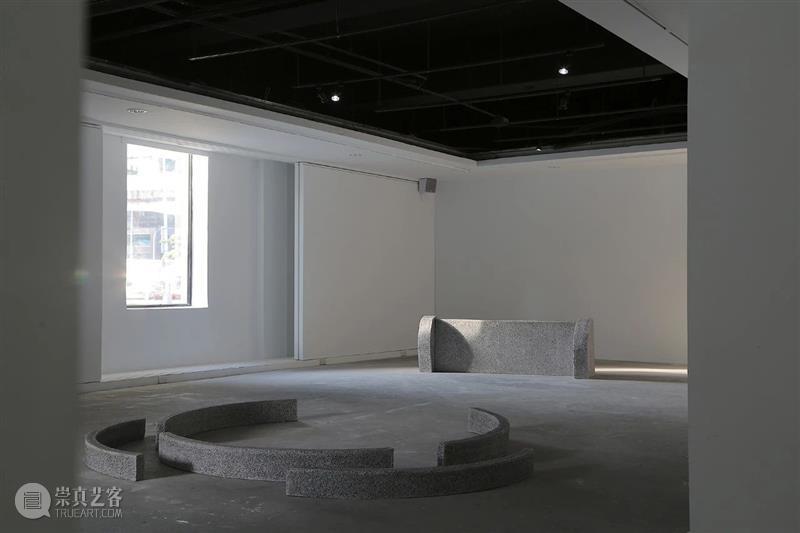
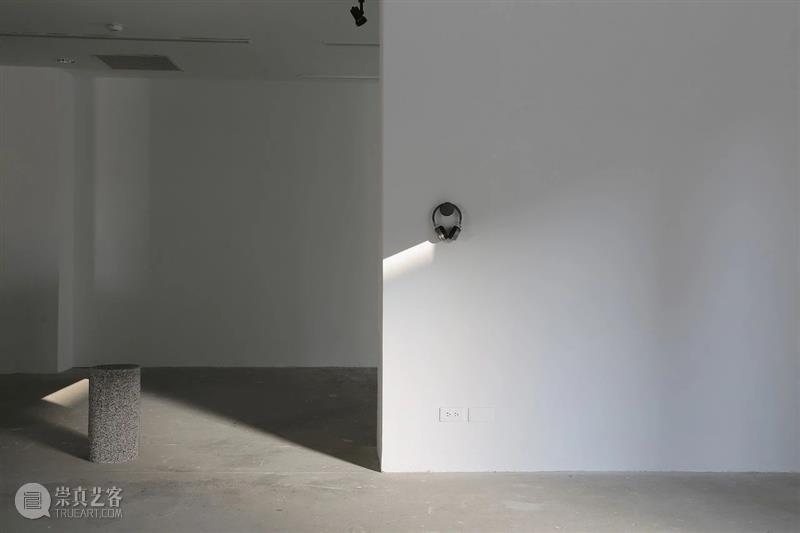
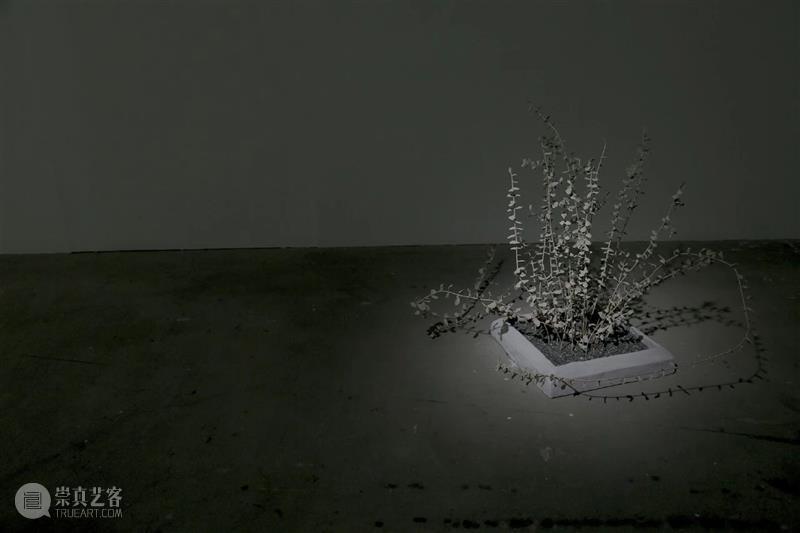
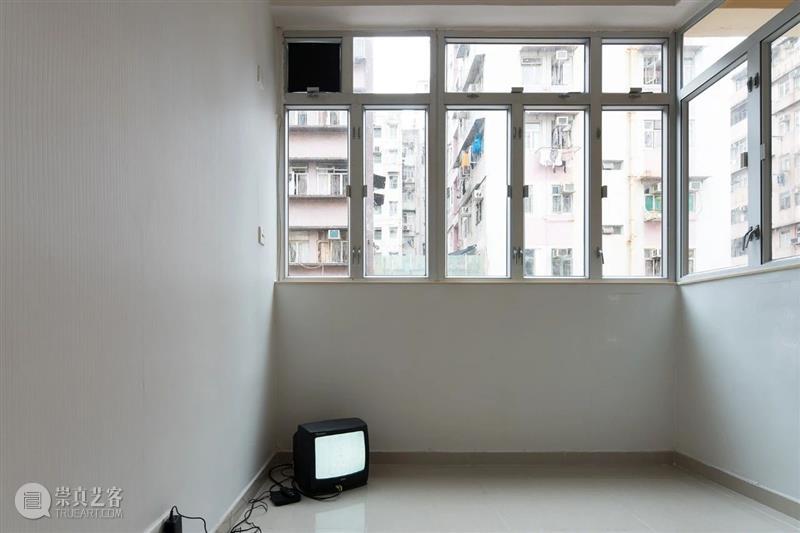
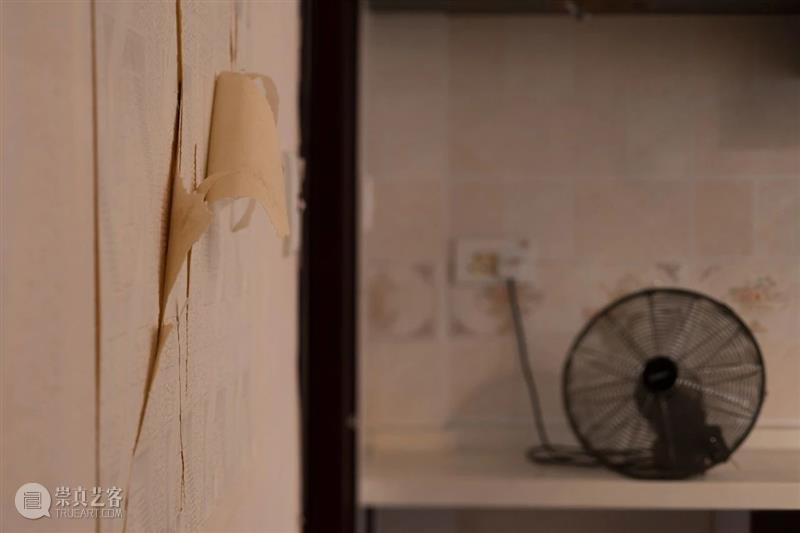
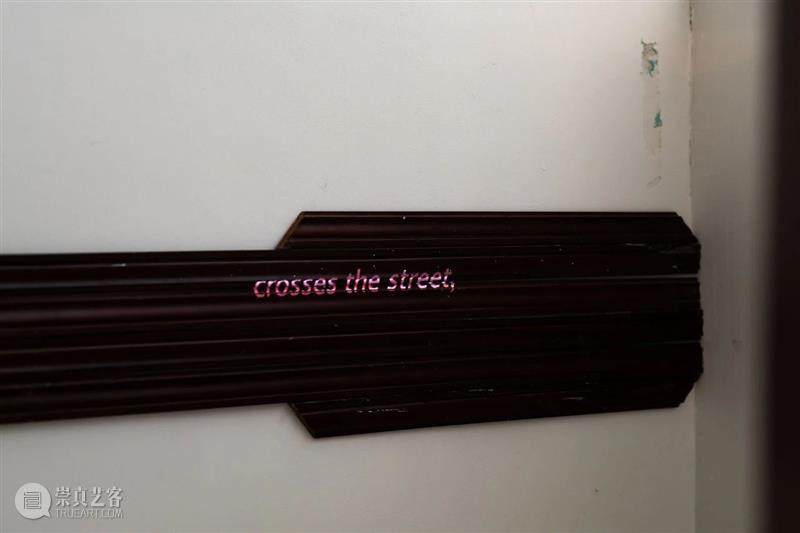
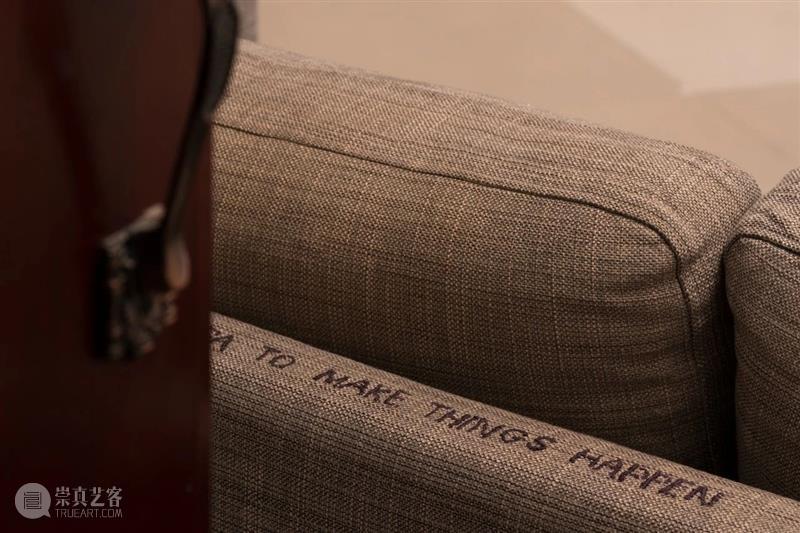
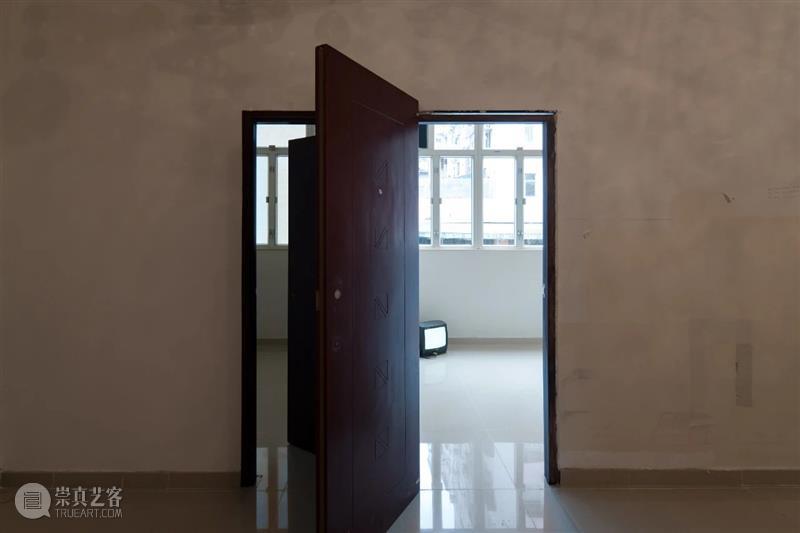
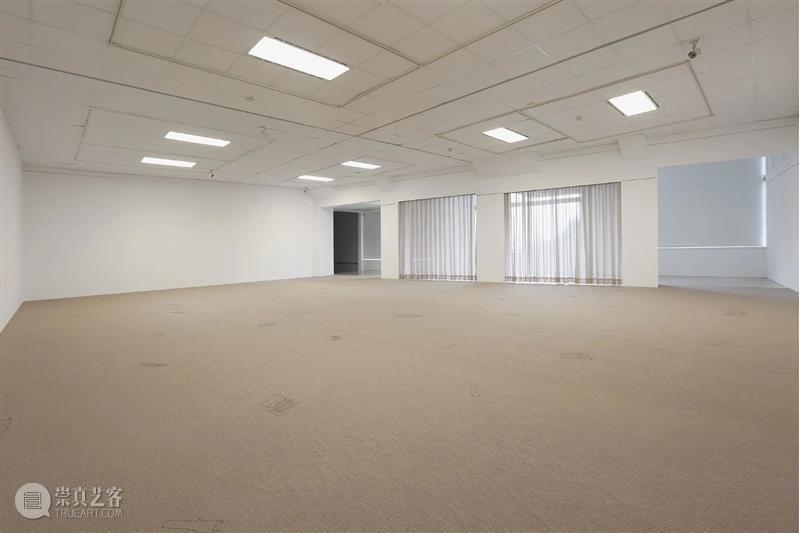
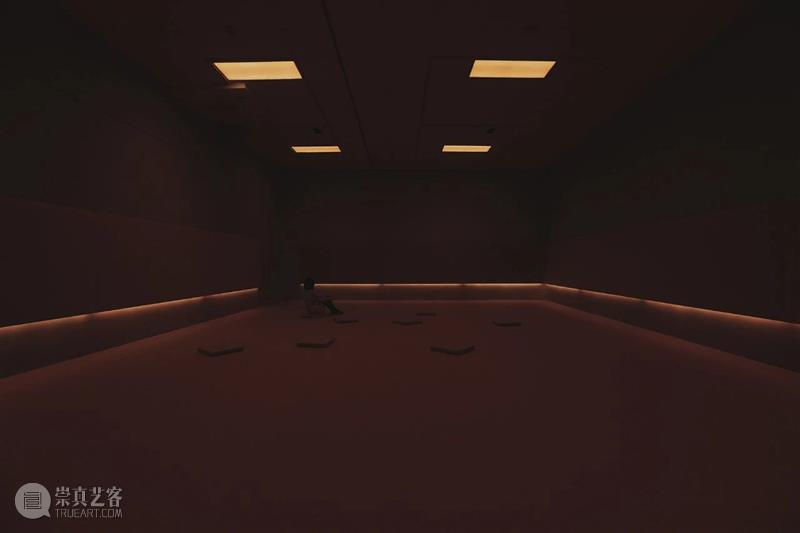
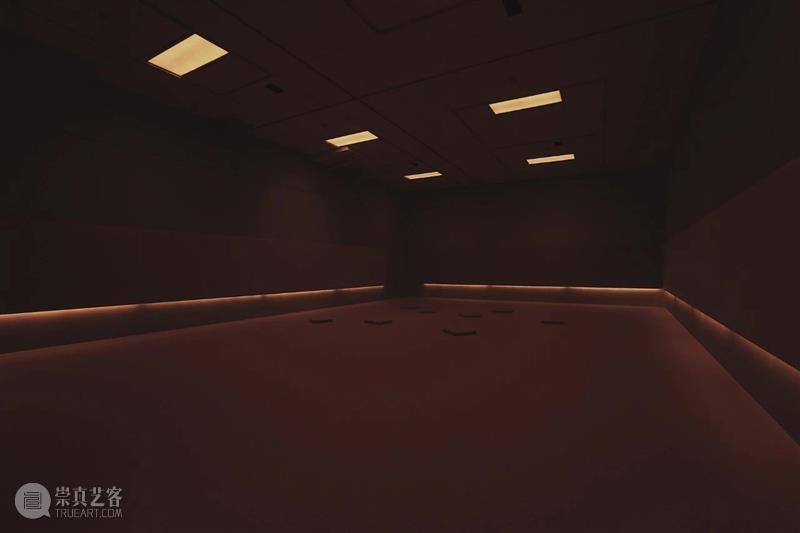
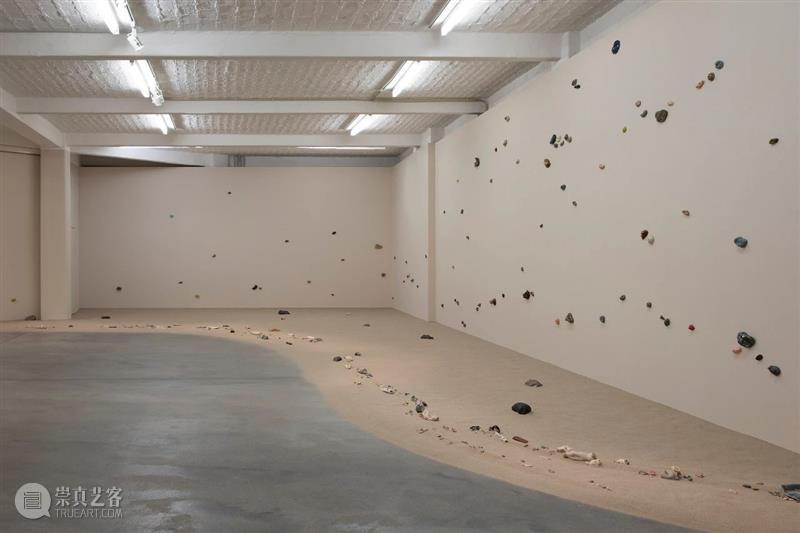
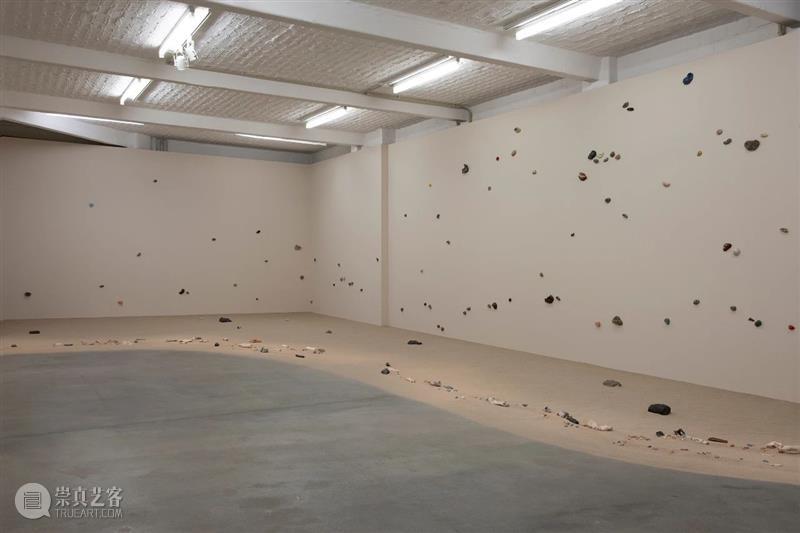
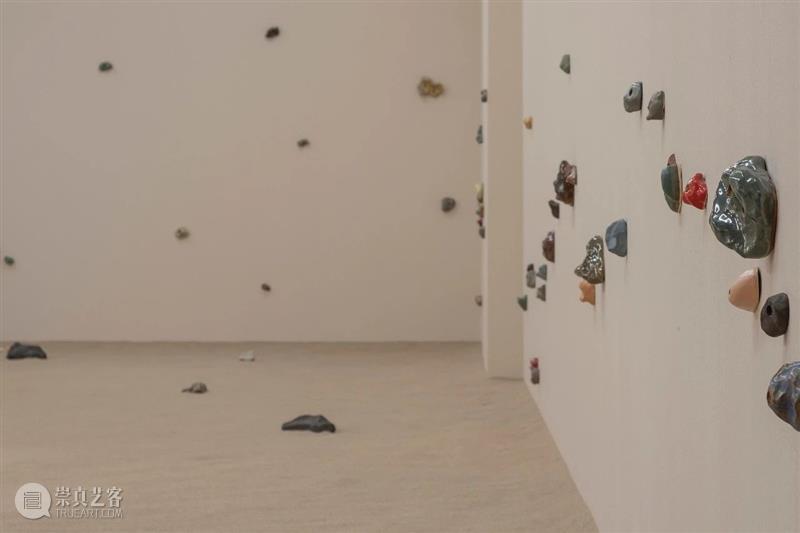
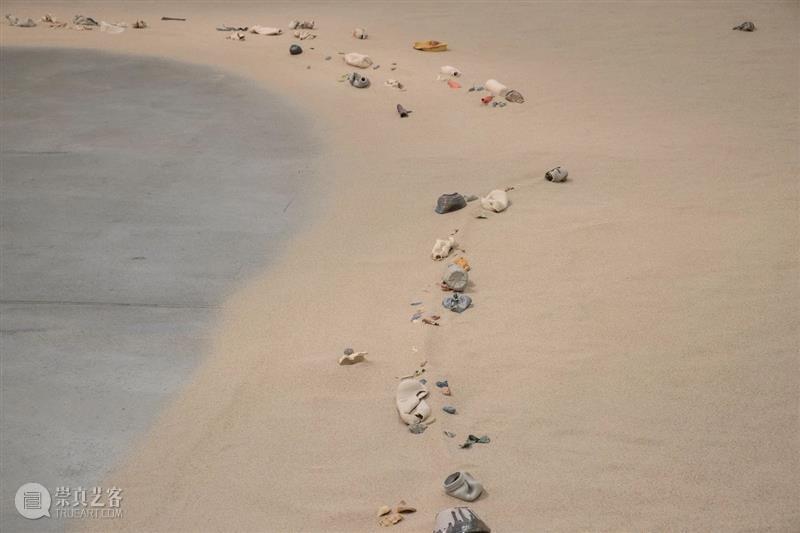
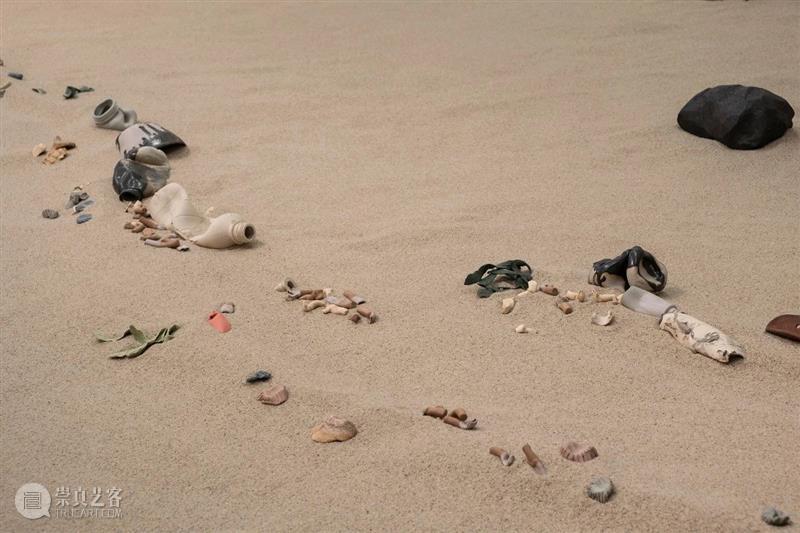
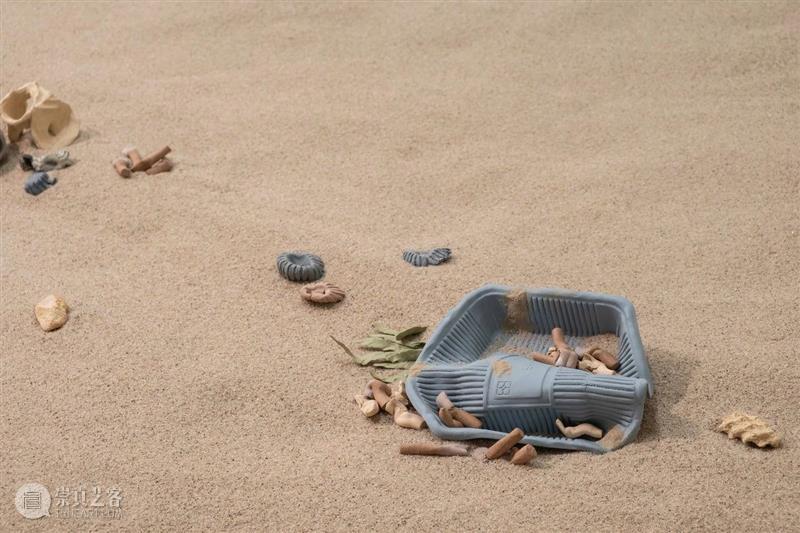
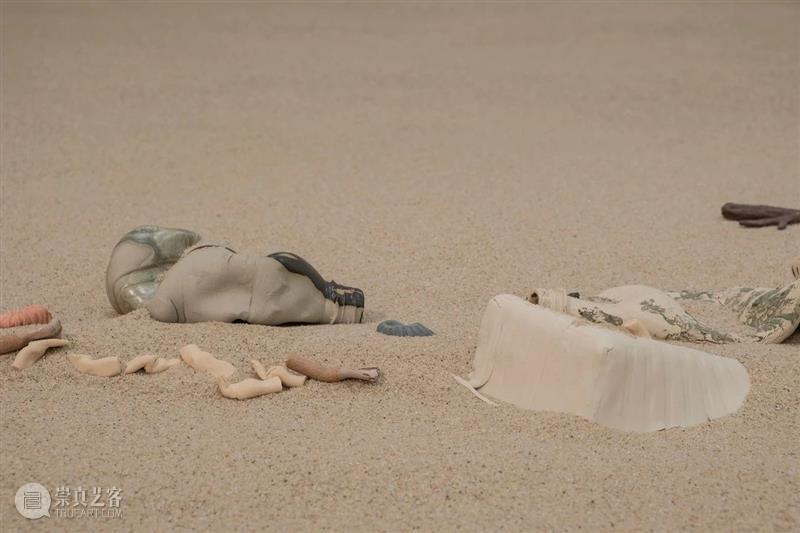
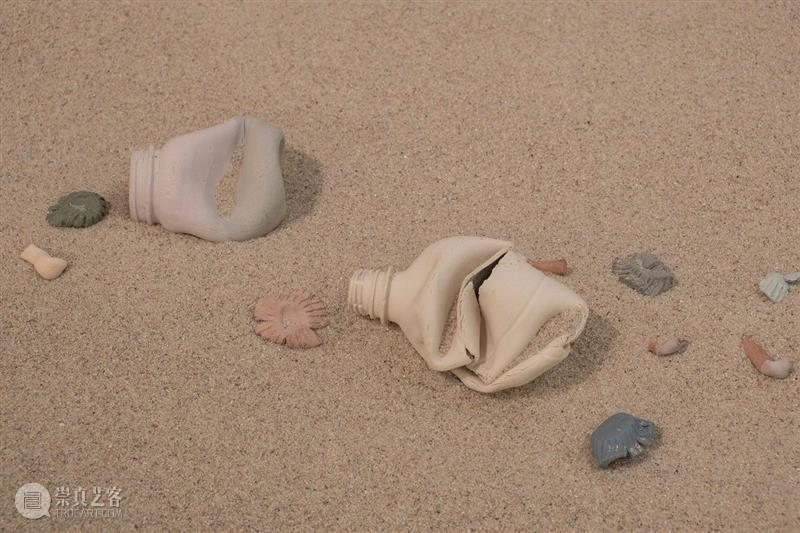
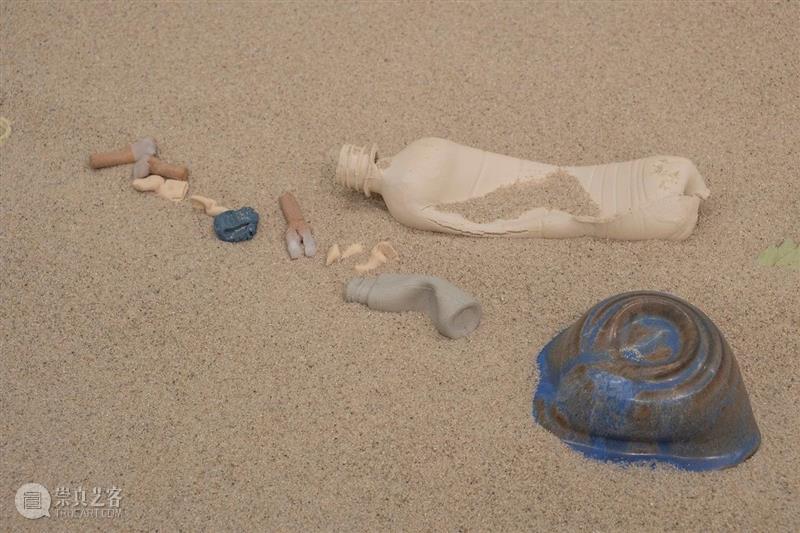
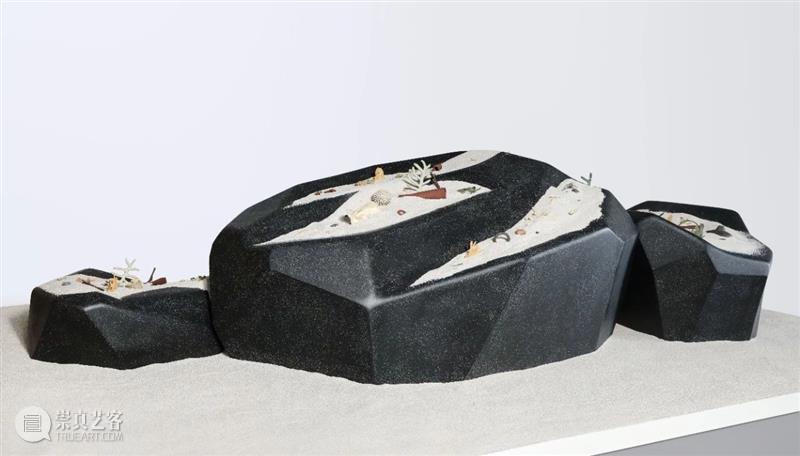
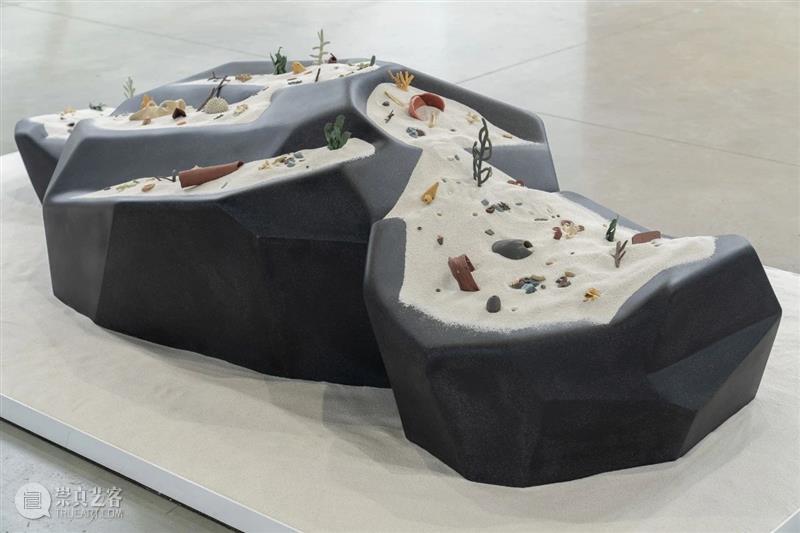
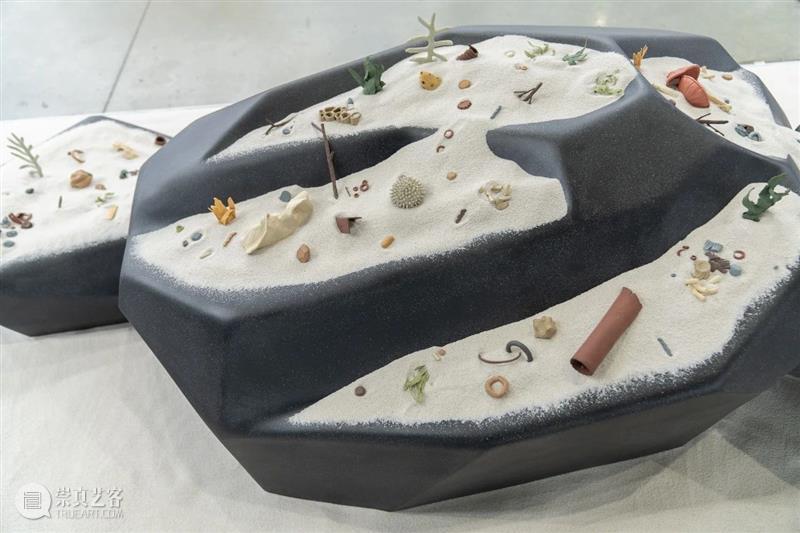
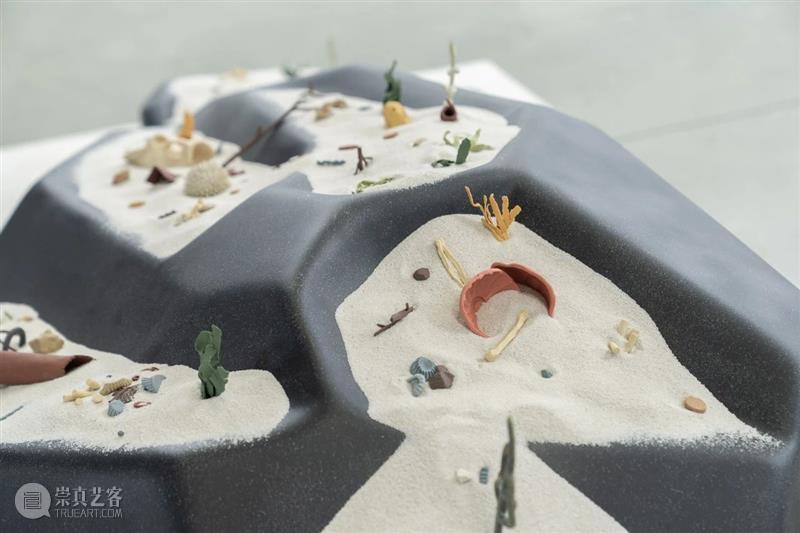
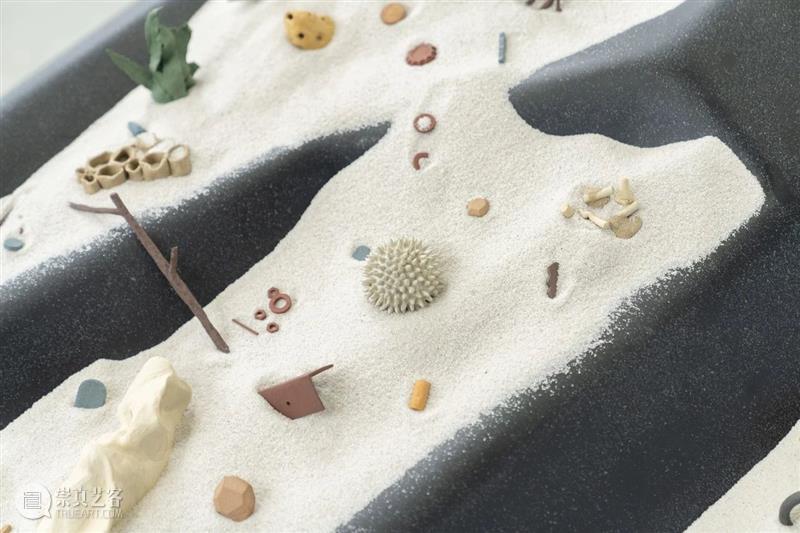
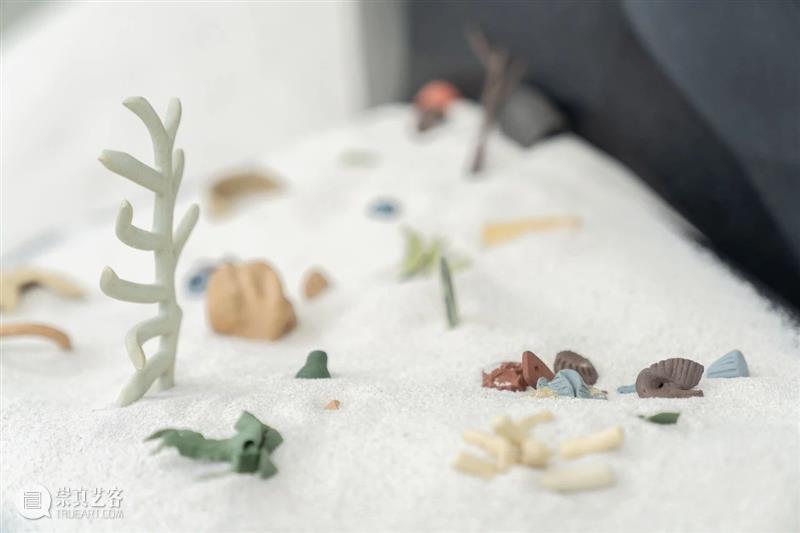
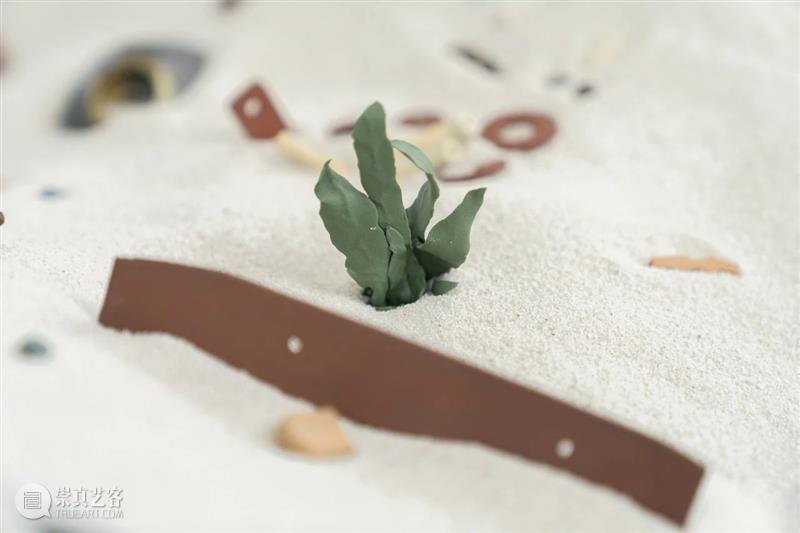
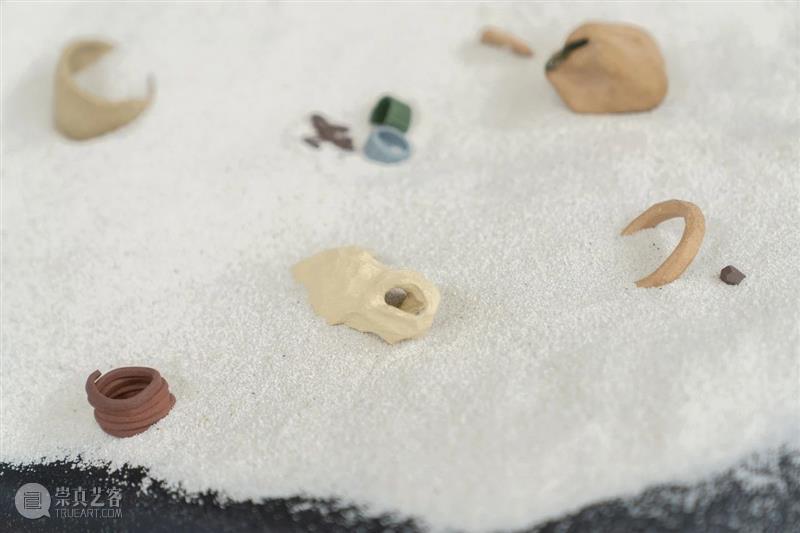
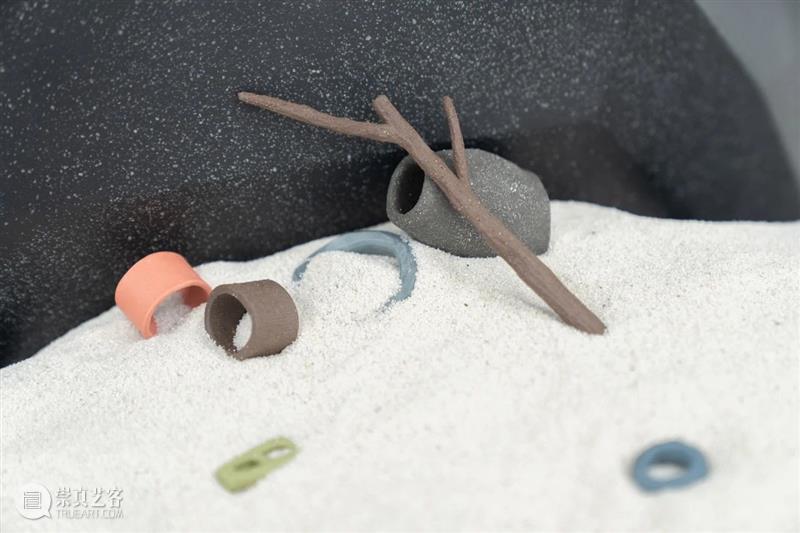





 分享
分享